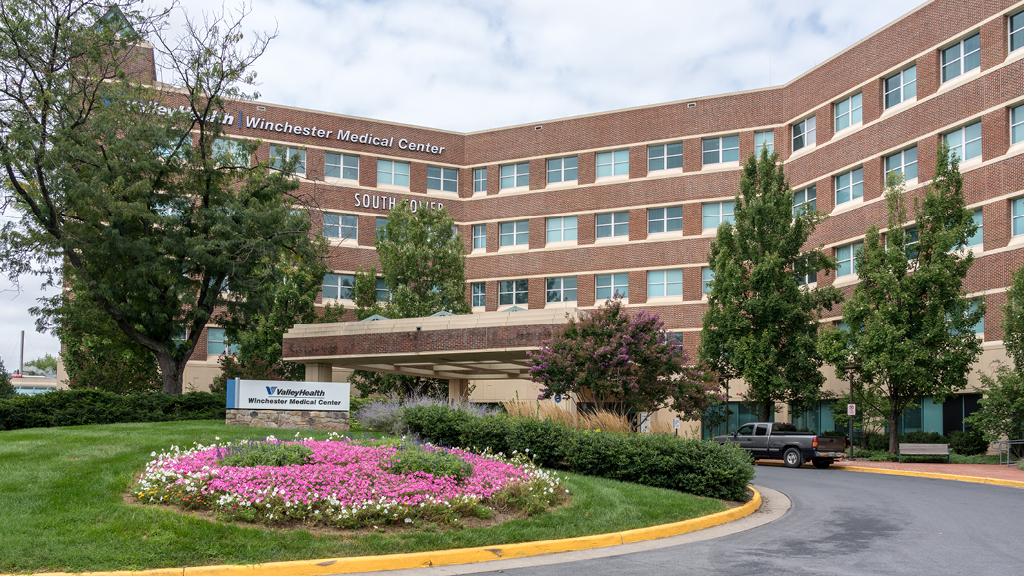Filipino Nurses Working in the USA: A Brief History
By Conexus MedStaff - Posted Sep 19, 2019

According to the Philippine Overseas Employment Agency, 92,277 nurses left the Philippines in search of opportunities abroad from 2012 to 2017. The U.S. is a top destination with 2,890 Filipino nurses taking the NCLEX-RN exam from January to March 2019 which is up 46 percent compared to the same period in 2018.
While Filipinos make up just 1 percent of the U.S. population, they account for over 4 percent of nurses practicing in the U.S., making them the largest group of internationally educated nurses in the country.
U.S. salaries are a huge driver for nurses from the Philippines, with an average RN earning more in a day than they’d make in a month back home, but what other factors made the U.S. a top destination for Filipino nurses?
The Beginning
After the Spanish-American War in 1898, Filipinos became U.S. nationals, with the U.S. Army training and recruiting them as volunteer auxiliary and contract nurses. Many served in the Philippines to focus on tropical diseases, while some were sent to the US as government-funded scholars, otherwise known as pensionados.
Returning pensionados helped to set up and manage the 17 nursing schools that were established in the Philippines from 1903 until 1940. It was this influence that inspired those who completed their education to embark on a career in the U.S. And, as U.S. nationals, Filipino nurses would travel to the country with little restrictions using their U.S. passports.
Pensionado Act of 1903
The Pensionado Act was established and legislated in 1903 to formalize the framework to send pensionados to the US for further education and training. Some of these nurses remained there for employment, and, in 1928, Filipino nurses working in New York established the Philippine Nurses Association. The Association was set-up to promote cultural understanding and streamline professional guidance for nurses.
Exchange Visitor Program of 1948
To “combat Soviet propaganda”, the U.S. State Department set up an Exchange Visitor Program, which Filipino nurses took advantage of. In fact, Filipinos accounted for a large percentage of exchange visitors, with many working as nurses or nursing students.
Immigration and Nationality Act of 1965
The Immigration and Nationality Act allowed for a new wave of Filipinos. The “occupational immigration” clause in the act was in response to the need for more professionals, specifically in the medical field. It saw thousands of Filipino nurses arrive in the U.S. as complete families, with their spouses and children.
Unfortunately, lax regulation of nursing education in the Philippines saw only 15-20 percent of the nurses who immigrated to the U.S. after 1965 passing the state nursing board exams. As a result, in 1977, the Commission on Graduates of Foreign Nursing Schools (CGFNS) was established to prevent the exploitation of foreign nursing graduates.
Today’s Immigration Process
There are two main parts of immigration for nurses:
- Credentialing. Ensuring you have the proper qualifications and certifications to begin a career in the USA. This includes taking the NCLEX-RN exam, and an English speaking proficiency test (if applicable).
- Immigration Visa Process. This is dependent on the U.S. Government. Immigration includes the application for the visa, security checks, and ensuring you meet the appropriate qualification thresholds.
There’s never been a better time for Filipino nurses looking to head to the U.S. The most recent Visa Bulletin reveals that the priority date for the Philippines has advanced forward considerably.
FINAL ACTION DATES FOR EMPLOYMENT-BASED PREFERENCE CASES
| Employment- based |
All Chargeability. Areas Except Those Listed |
CHINA- mainland born |
EL SALVADOR, GUATEMALA, HONDURAS |
INDIA | MEXICO | PHILIPPINES | VIETNAM |
| 3rd | 01JAN17 | 15MAY16 | 01JAN17 | 01MAR09 | 01JAN17 | 01JAN17 | 01JAN17 |
| Other Workers | 01JAN17 | 15JUL08 | 01JAN17 | 01MAR09 | 01JAN17 | 01JAN17 | 01JAN17 |
DATES FOR FILING OF EMPLOYMENT-BASED VISA APPLICATIONS
| Employment- based |
All Chargeability. Areas Except Those Listed |
CHINA- mainland. born |
EL SALVADOR, GUATEMALA. HONDURAS |
INDIA | MEXICO | PHILIPPINES |
| 3rd | 01APR19 | 01MAR17 | 01APR19 | 01FEB10 | 01APR19 | 01APR19 |
| Other Workers. | 01APR19 | 01AUG08 | 01APR19 | 01FEB10 | 01APR19 | 01APR19 |
Working with Conexus
As a leading nurse staffing agency for the US, Conexus sponsors registered nurses from the Philippines on the EB-3 visa, which grants permanent US residency. Our team of experts work closely with each of our nurses to guide them through the entire process, ensuring their dream of working in the US becomes a reality.



